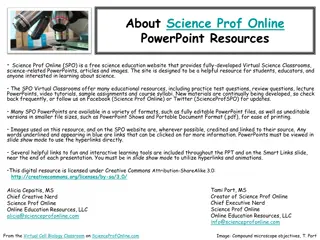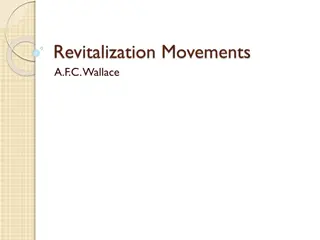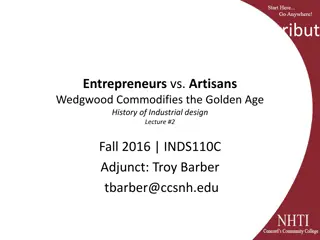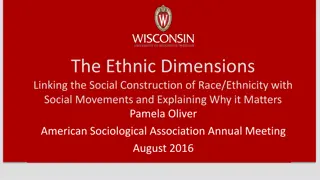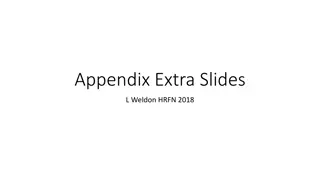Overview of Global Open Science Movements
Key principles and trends of Open Science, including Open Access Publishing, Open Data, and Open Research Methods. Learn about initiatives promoting transparency and collaboration in scientific research.
Download Presentation

Please find below an Image/Link to download the presentation.
The content on the website is provided AS IS for your information and personal use only. It may not be sold, licensed, or shared on other websites without obtaining consent from the author.If you encounter any issues during the download, it is possible that the publisher has removed the file from their server.
You are allowed to download the files provided on this website for personal or commercial use, subject to the condition that they are used lawfully. All files are the property of their respective owners.
The content on the website is provided AS IS for your information and personal use only. It may not be sold, licensed, or shared on other websites without obtaining consent from the author.
E N D
Presentation Transcript
Introduction to Open Science A high-level view on global Open Science movements and key terms Library Management and Open Science Workshop, 14-16 February 2023, Mogadishu, Somalia
Outline Introduction Open Science Concept Global Trends in Open Science Open Science Movements and Principles Some of the Open Science Initiatives and Projects Future of Open Science FAIR and Plan S Requirements Open Access Rights and Principles
Introduction General Definition: Open Science is a movement aimed at making scientific research and data more transparent, accessible, and collaborative. Open Science has significant implications for higher education institutions, including the potential to increase the impact and visibility of research, promote collaboration and innovation, and improve the reproducibility and reliability of scientific findings.
UNESCO Open Science Definition UNESCO A new paradigm of transparent and collaborative research practices based on sharing and collaboration between researchers, institutions, and society.
Open Science Movements Key principles Open Access Publishing: To make research publications freely and openly accessible to anyone, regardless of their financial or institutional resources. Open Data: Sharing of research data in a way that is transparent and accessible to others. Open Research Methods: The importance of transparent and replicable research methods. Open Peer Review: Allowing for more collaboration and input from the scientific community. Open Collaborative Research: Encourages the development of open scientific communities. Promotes collaboration and knowledge sharing among scientists,
Global Trends in Open Science Increased adoption of open-access publishing: As of February 2022, there are over 16,000 journals indexed (DOAJ). The number of articles available in open-access repositories is over 200 million. Growing emphasis on research data management: 70% of researchers agreed the importance of data sharing for the future of research, and 60% made their data openly available (Source: SPRINGER Nature 2020 report).
Some of the initiatives/projects that promote the use of Open Science movements.
Future of Open Science Increasing adoption: By 2026, the global open access market is expected to reach $6.78 billion, up from $3.5 billion in 2017 New technologies and tools: The use of artificial intelligence and machine learning is expected to play an increasingly important role in Open Science research. Increased collaboration and partnerships: increased collaboration and partnerships between institutions, researchers, and other stakeholders.
FAIR Principles and Plan S requirements FAIR Principles: FAIR (Findable, Accessible, Interoperable, Reusable) principles are a set of guidelines that aim to improve the findability, accessibility, and reuse of research data. Plan S: Plan S is a global initiative that aims to make all research publications from publicly funded research freely available and accessible by 2025.
Example of FAIR and Plan S requirements Research Database
Open Access Rights and Licenses. Open Access Rights and Licenses - promote the free and unrestricted access to research publications, enabling wider dissemination of research findings, and leading to increased impact and citation rates. Creative Commons Attribution (CC BY) - It allows others to share and adapt the work, as long as they give appropriate credit, making research publications widely available and promoting the open sharing of knowledge.
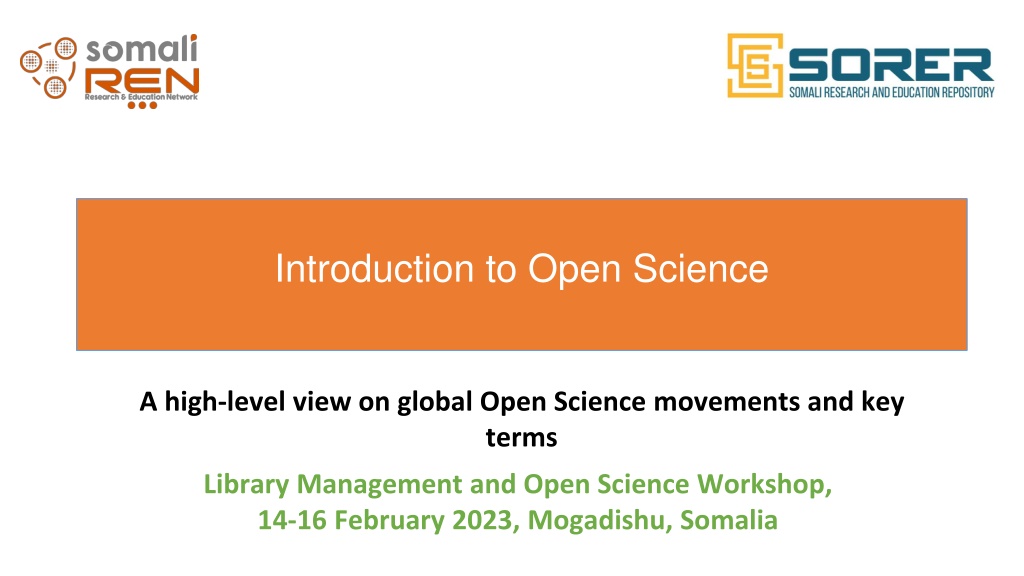
 undefined
undefined














